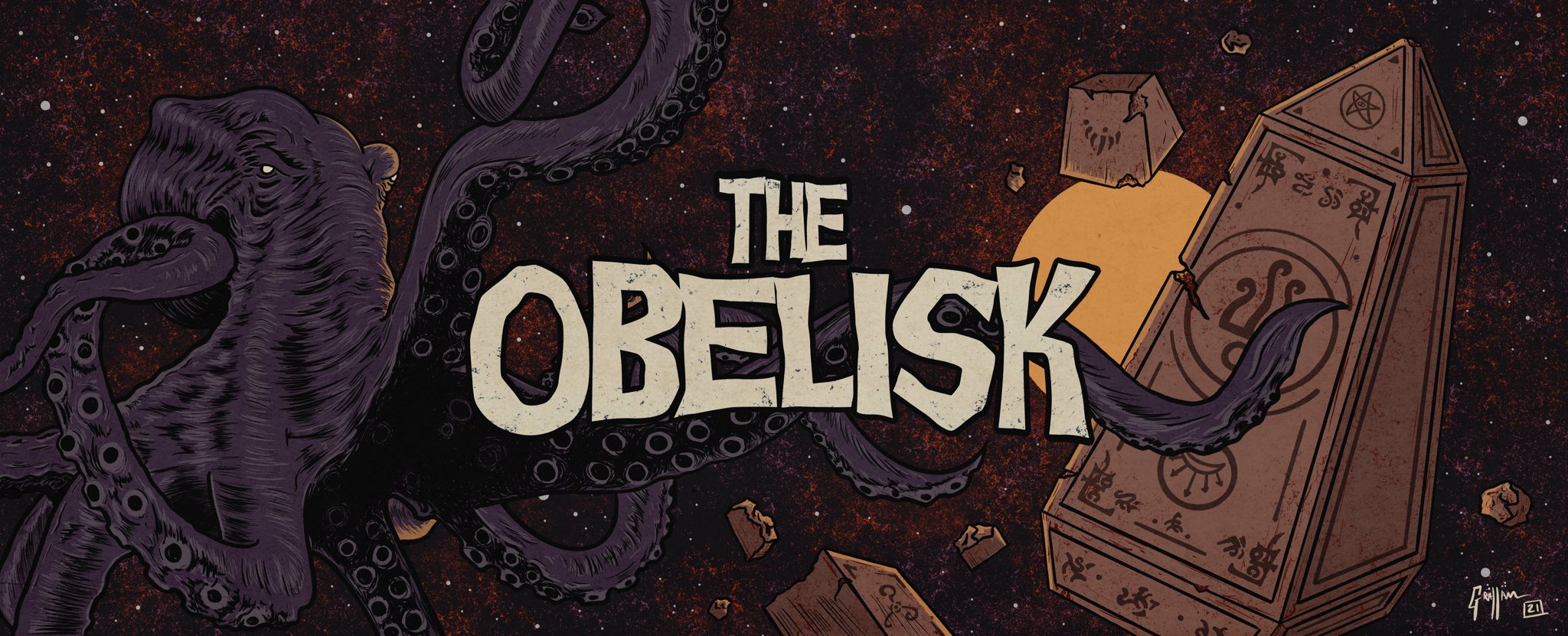Deriva Premiere “Aqua Vitae” Video; Nona / Décima / Morta EP Out March 13
Posted in Bootleg Theater, Reviews on March 5th, 2024 by JJ KoczanMadrid-based instrumentalists Deriva will release their new four-song EP, Nona/Décima/Morta, on March 13 through LaRubia Producciones. The video for the previously-issued single “Aqua Vitae” premieres below, and as its low-lighting balletic undulations unfold amid ambient guitar ahead of the band diving into the 28-minute outing’s most outwardly crushing procession, so too there arrives a poem to set the mood. I’ve included it under hte video player in the original Spanish, and if you have the captions on as I always do because I’m old, you can see the English translation, which relates to the notion of sleep as a kind of death and dreams as visions we forget much as humans live entire lives in denial of mortality. As the band play through the song amid stark spotlights, a ceremonial-feeling cutting of ties, some light fetishism and arthouse mosh from dancer Miroslava Fernández, and so on, these ideas linger like a guided meditation and the music grows correspondingly more intense, the push that takes over following the midsection atmospheric break peppered with double-kick to add physicality to the surge.
Over the course of the outing, Deriva — who made their self-titled full-length debut in 2016, followed with the three-songers Haiku I and Haiku II in 2019 and 2021, respectively, and have apparently had this EP in the works for a while as opener “Ignis ex Cinere” was issued as a single in 2022 — apply metallic precision and progressivism to an atmospheric backdrop. “Ignis ex Cinere” gathers itself over its first minute-plus around jazzy drums from Rory Reagan and bass punch from Javier Justo before evening out to let the intertwining guitars of Javier “Muñi” Muñoz and Daniel “Minchi” Garea lead with tricky up-front float toward the next volume surge, which by the time they’re three minutes into the seven-and-a-half-minute cut, has peaked again in consuming style and dropped to guitar soon joined by violin in a momentarily serene, pastoral stretch, Reagan‘s toms returning to mark the beginning of the build in earnest, and they don’t tease the last payoff long before they’re in it because they don’t need to. A wailing solo over an intentionally angular, choppy closing section cuts out and “Aqua Vitae” arrives with a switch back to post-rocky airiness.
But again, the inevitable burst isn’t far off. Deriva work in volume trades throughout Nona/Décima/Morta — the title with similar flex in having multiple potential translations; I don’t know which is correct and I’d rather not embarrass myself by getting it wrong — but “Aqua Vitae” is both the shorted inclusion on the EP and the most metal, the clear, full production of Alex Cappa at Metropol Studios in Madrid allowing the impact of the kick drum to coexist with the guitar in the midsection break, which is also shorter than that of “Ignis ex Ciniere” and slams starkly at 3:10 into a hard-riffed wall of distortion. Establishing itself with declarative hits before shifting into the actual march that defines the procession for its remainder, “Aqua Vitae” turns corners you didn’t realize were there, a twist of lead guitar and emergent soloing matching the adrenaline of the drums, dark and majestic but not hopeless. It comes to a head and ends, Russian Circles-style, bringing the synthier landscape of “Lux Aeris” — Julio Martin is credited with contributing the synth — as a plotted line of guitar smooths the shift into the next heavy section.
The structural pattern becomes familiar, but Deriva do well in giving each of these four pieces its own character, whether that’s the headbang-fodder bounce of “Aqua Vitae” or the way each song has its movement from a subdued intro to a push of heavy progressive metal but does it a bit differently. Where “Aqua Vitae” can’t wait to dig into its crunch, “Lux Aeris” spreads out over the course of its start. There’s room — it’s the longest track at 8:29 — and they use it. The first two and a half minutes or so build up patiently and don’t so much suddenly ignite in full, distorted tone as draw a more complete line from one end to the other in that time, handing one part to the next, almost seamless. Intricate rhythmic jumps and tremolo guitar, so much organized chaos, persist over a central pattern of groove, and as with “Ignis ex Ciniere” and “Aqua Vitae,” they’ll finish loud, but getting there routes through a resonant, bright clearing, as the more all-at-once shove back to full-impact lurks in the background, never quite gone. In a suitable-enough meta-level manifestation of their aural back and forth, Nona/Décima/Morta also shifts between longer and shorter pieces in succession, “Mortuus Terra” rounds out by finding something of a middle ground between the two extremes of Deriva‘s sound.
I’m not sure if they intentionally paired “Lux Aeris” (‘the light of the air’) and “Mortuus Terra” (‘dead earth’) next to each other for any reason more than the fluidity with which the finale takes hold from the song before it, but given the level of consideration throughout in sound and presentation, I’d be willing to believe it. And “Mortuus Terra” is a build as well — ebbs and flows; that’s life — though it holds back its flood for longer than did “Lux Aeris,” and while it moves into cycles of guitar chug and low-end punctuating, tom runs and snare adding to the round-we-go vibe, lead guitar releases that tension in a way that’s about more than just clicking on this or that pedal, and once they hit thar stride, there’s no real going back. The single movement at the end feels like it’s underscoring the point, and all the more because its execution stands out from its three companions while being rooted in similar tones and atmospherics. A concept, extrapolated, that is emblematic of the sculptor’s care put into Deriva‘s craft and the effectiveness with which they immerse the listener in their dynamic.
It will ring familiar enough on first blush, but the deeper you go, the more you’ll find. I don’t know if the video is NSFW or not. Depends on where you work, I guess. Either way, if you need to click off the tab, the song is still there, and the Bandcamp player that will hold the full release is at the bottom by the links. I know you know. I kept the poem and recording info in Spanish. Minimal language barrier, appropriate to aesthetic and the band’s intent. You’ll be fine.
Enjoy:
Deriva, “Aqua Vitae” video premiere
“Los sueños son pequeñas muertes,
tramoyas, anticipos, simulacros de muerte,
el despertar en cambio nos parece,
una resurrección y por las dudas,
olvidamos cuanto antes lo soñado.
A pesar de sus fuegos, sus cavernas,
sus orgasmos, sus glorias, sus espantos.
Tal vez quiera decir que lo que ansiamos,
es olvidar la muerte,
apenas eso.”
“Aqua Vitae” Grabado en Metropol Studios con Alex Cappa 2023, en colaboración de Julio Martin a los sintetizadores.
Video producido por David AJ y protagonizado por Miroslava Fernández.
Grabado en Metropol Estudios Madrid por Alex Cappa
Deriva is an instrumental cinematic post-metal machine from Madrid, Spain. Deriva creates “movies for your ears” that encompass raw emotion ranging from melancholy and contemplation to rage and explosivity. From beginning to end of each composition, each note and phrase is meticulously rendered to perfection to create an emotive effect that draws attention and tells a story throughout the music. Each instrument weaves a delicate tapestry and is highly conversational amongst the instruments. As if in a heavy discussion, the guitars converse in a way that is both supportive and opposing of each other throughout the story. Like the microscopic intermingling layers of carbon fiber, the bass and drums create a rhythmically robust foundation that is both lightweight and extremely strong in which the guitars can float upon. Deriva is the Ennio Morricone, Danny Elfman, and Hans Zimmer of post-metal.
Tracklisting:
1. Ignis ex Ciniere (7:37)
2. Aqua Vitae (5:44)
3. Lux Aeris (8:29)
4. Mortuus Terra (6:30)
Deriva live:
Mar 21 Moby Dick Club Madrid, Spain
Mar 26 Bloc Glasgow, UK
Mar 27 Retro Manchester, UK
Mar 28 Little Buildings Newcastle Upon Tyne, UK
Mar 30 The Dev, Camden London, UK
Deriva are:
Javier Muñoz (Muñi) – Guitar
Rory Reagan – Drumms
Javier Justo – Bass
Daniel Garea (Minchi) – Guitar
Plus:
Alicia Nurho – Violin
Julio Martin – Synth
Deriva, NONA/DÉCIMA/MORTA EP (2024)
LaRubia Producciones on Instagram
LaRubia Producciones on Facebook






